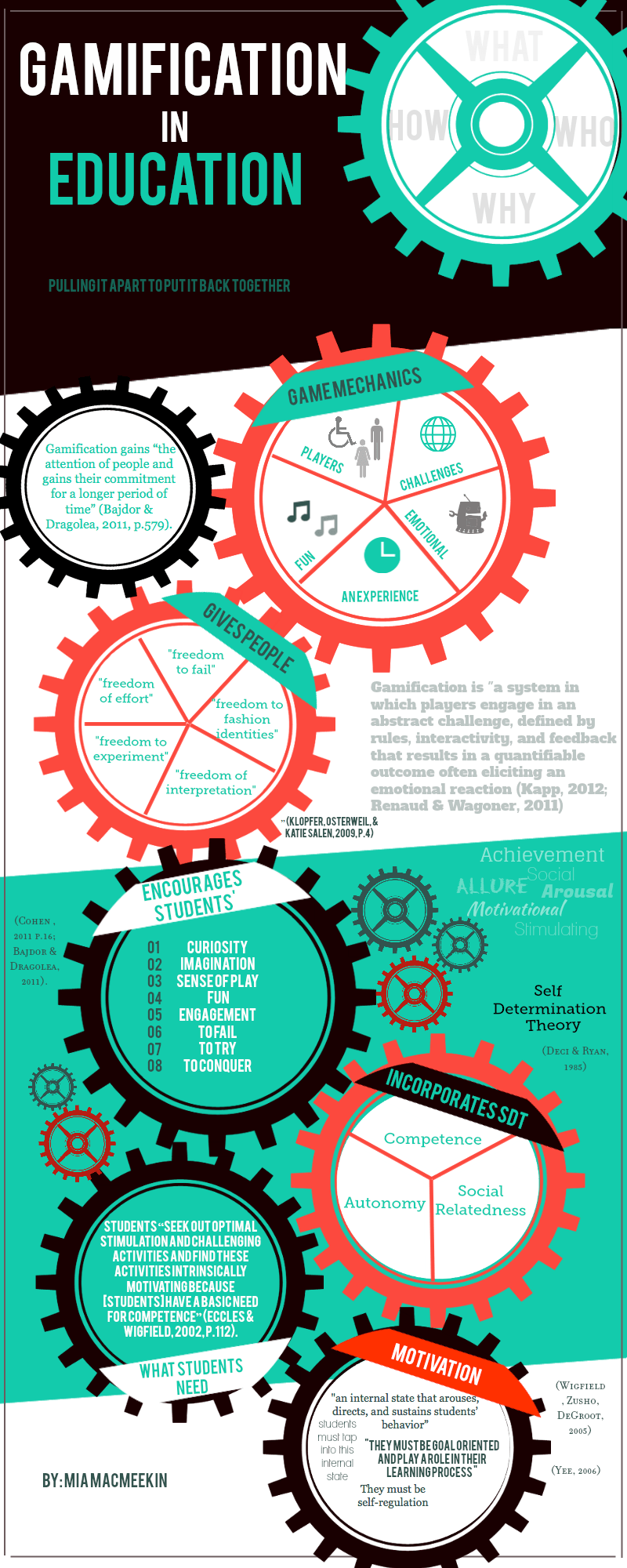Don't get me wrong. I did not watch Lethal Weapon of late. I'm just saying that Padlet and PollEverywhere make good tools for teaching Oracy. Finally, I had the time to combine the use of these 2 wonderful applications in a single lesson. The focus of the latest lesson in June was Oracy - Spoken Interaction.
I like the fact that Padlet is very intuitive and easy to use. It also allowed me to embed videos and audio to stimulate interest before the actual task.
Most of my students were quite hooked and inspired by the video of the Sky-diving crew in the video. I could already hear their whispers of how they want to try that when they are older as the video was played. To watch the video and view their responses to the 3 questions that I posted on Adventure and Extreme Sports, click 4N6 Day 4 Oral - Adventure Activities
For Road Safety themed questions, click
Road Safety
For Elderly themed questions, click Elderly
You could create multiple links on Padlet with its own individual page, and then invite different groups to view videos or articles on the subject. In my case, I wanted my students to read the short article on Population White Paper and understand the visual infograph on an aging population because although they understood what it meant, they did not seem to be able to explain it clearly. After the receptive segment, you could invite them to respond to your questions. You can even follow through by getting them to peer review and read each other's comments.
After they are done answering the 3 questions in about 20 minutes, I will invite 3 students to the front of the class to present their answers for the 3 questions. To ensure fairness, the 3 students were picked randomly using an online name picker.
It's a pity that we do not have tablets at the moment, but with access to computers and Internet, students can do a real-time American idol style voting for their friends too. The judging panel is the whole class and not the teacher.
Here's what each of them will see on their computer screens. Each person is entitled to vote only once.
Finally, here's what the results look like:
Very useful for collaborative learning and peer assessment.








































